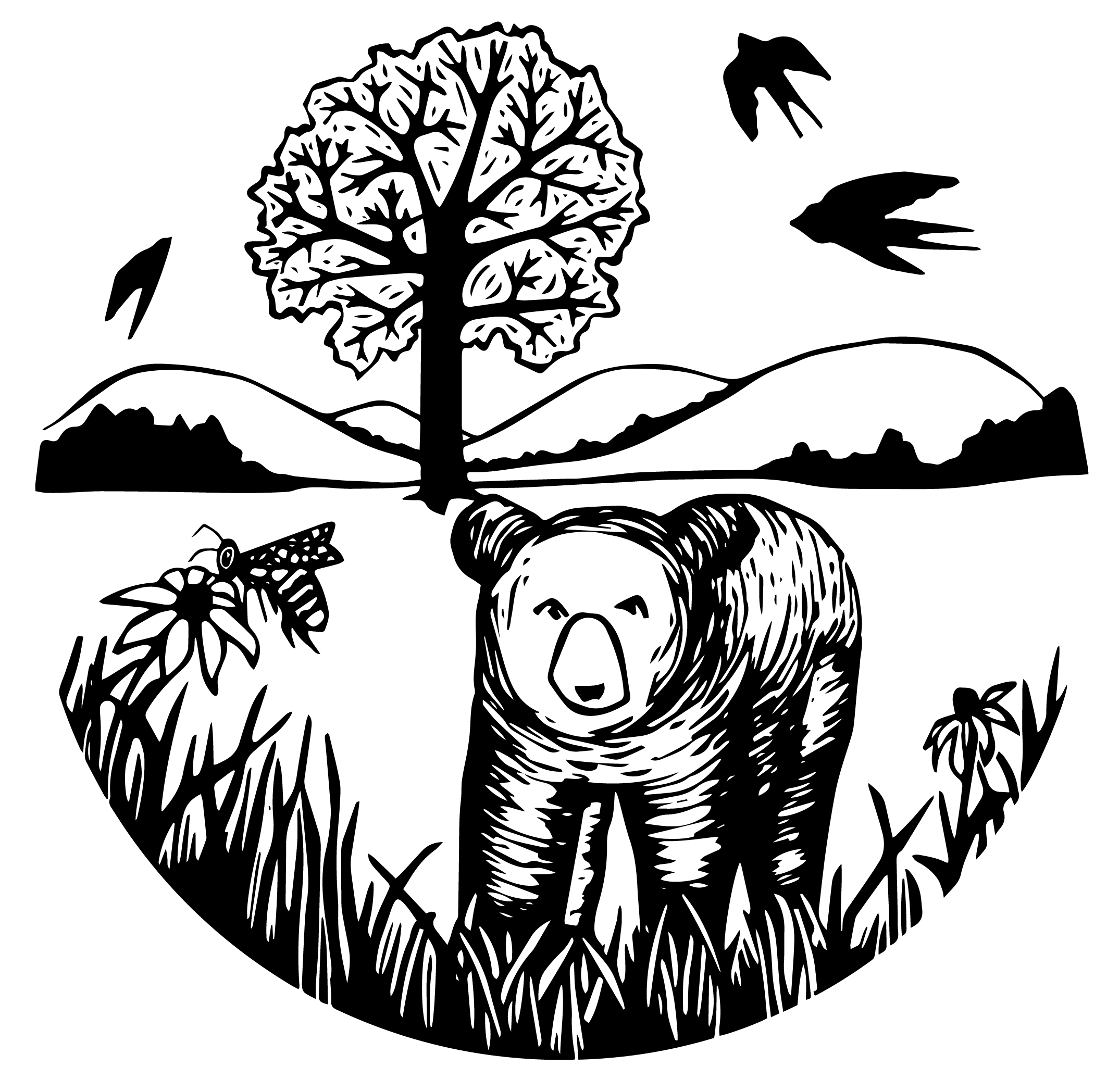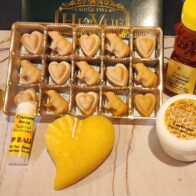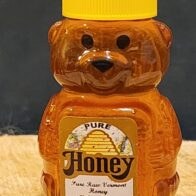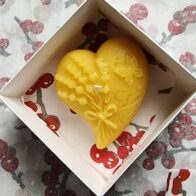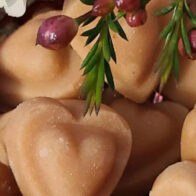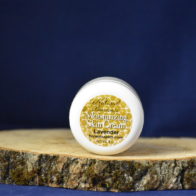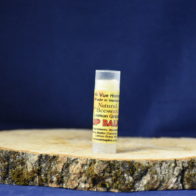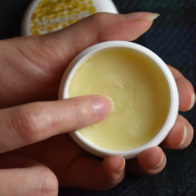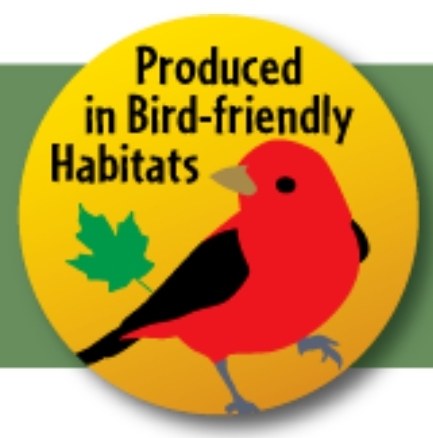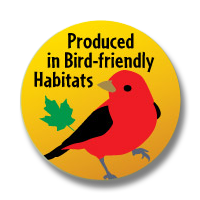Creating Migratory Songbird Habitat from old farmland.
Bird Friendly Maple 🍁
We’ve created a Bird Friendly Maple Farm that considers bird habitat as a primary goal of forest management.
Vermont ebird & Pollinators
Birder Broker – Vermont ebird
I have spent two mornings this week learning more about my own backyard through educational programs provided by Cold Hollow to Canada. Friday was the first walk for a citizen science project – Birder Broker in conjunction with Vermont ebird. Birder Broker pairs land owners with experienced birders. We will go a total of three times this year and potentially again next year. The route takes us on about a mile walk starting at my house then past the sugarhouse to the Bliss field, from there we enter the song bird patch cut we completed this spring. After passing through the patch cut we will complete our loop in the pine forest next to Lucas Brook. All bird species are counted but our priority are migratory songbirds. Yesterday we saw an olive backed thrush, heard oven birds, several warblers and vireos. We also came across a nice size black bear print.
Richford Woodlots
This morning we had our quarterly gathering of the Richford Woodlots. My neighbor Greg hosted us on his property for a nature walk through his pollinator field and a search for the elusive salamanders. The pollinator field was full of early, mid and late plants, such as spirea, milk weed and various grasses. Some of the pollinators we found were native bees, butterflies and beetles. Greg has planted several varieties of trees for successional growth such as cedar, butternut and red oak.
Our walk then took us to a spring brook (it’s only a brook when there’s plenty of water). We managed to find a couple of salamanders in the brook itself. The biggest problem we had in looking for salamanders was our distraction level by everything around us. We learned that “sedges have edges, rushes are round and grasses have knees that bend to the ground”. That’s just an example of why I love these gatherings – the learning. I felt the edges that create a triangle on the stem of a sedge, next time I will know what sedge is.
I also learned why trees have knees! I have shared pictures of trees – mostly yellow birch with “knees”. They start with a yellow birch seed that takes root on top of an old stump. As the tree continues to grow the roots grow over the stump into the ground. As they mature more roots cover the stump but the stump is composting itself back into the soil, when the stump is fully gone – the tree remains as it formed over the stump leaving “knees”.
Follow us on Instagram for more pictures from the field!
Check out Cold Hollow to Canada to learn more about conservations activities we have going on!
Slow Birding
Bird DIva will be teaching slow birding techniques in our Bird Friendly Maple Habitat
